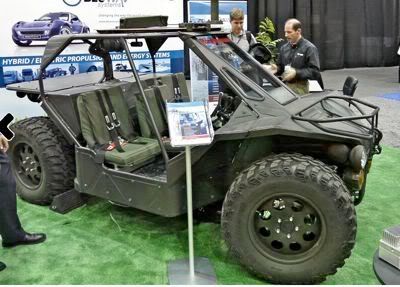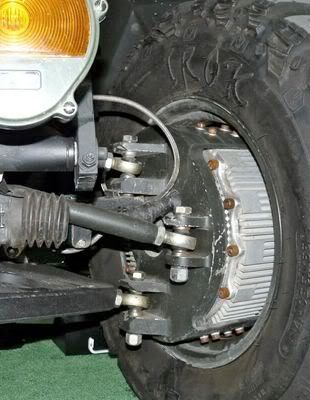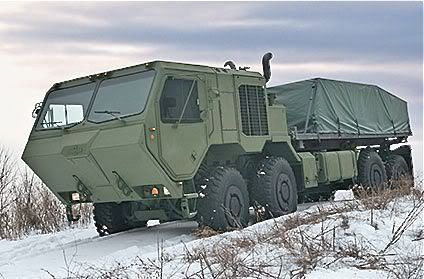Riddle me this, Batman:
One of the big challenges of optimizing an internal combustion engine is the valve train, which is typically optimized for one particular RPM. I know that there are 'variable valve' engines out there, but AFIK they are still only optimized at a couple of points on the curve. Also, I know that there is some work being done on truly variable timing (computer controlled intake and exhaust valves). I used to work for a company that was touting an electronic-over-hydraulic system that replaced the camshaft and valves, but the parasitic drain on the engine was really huge.
One solution is a constantly-variable transmission, where the engine is held at the optimized RPM, and the tranny controls the vehicle speed. Engineers have been working on that one for quite a while, and seem to be getting nowhere.
A serial hybrid does not solve this 'optimized engine' problem since the engine RPM is still varied to control vehicle speed.
Another option is the parallel hybrid where the engine is held at the optimized RPM and used solely as a generator, and the vehicle is driven solely by electricity. This requires a large battery bank, and sufficient engine idle time for the engie to recharge the batteries. That's one reason why hybrids are better for commuter cars, delivery vehicles, and transit busses: there's plenty of idle time when the engine can be charging the batteries. On a large long-distance driver like an overland vehicle, that's not typically the case.
Someone (sorry, I don't remember the brand off-hand) makes a line of small portable generators that can be daisy-chained together to supply larger needs. So I'm wondering, why not apply this approach to a vehicle? A diesel/ electric hybrid with several small generators, rather than one larger one?
The idea is to take the parallel hybrid approach, with the generator sized just large enough to run the vehicle on the flats, then use battery power to provide boost for hills or passing. However, rather than a large battery bank, fit it with additional small generators. If the electric need hits a certain mark, it kicks in a second (and third?) generator. Each engine would be running at its optimized RPM 100% of the time, and the battery bank could be much smaller than a 'normal' hybrid, since the batteries would only really have to supply power until the additional generator(s) come(s) on-line (like the way a back-up AC power generator / UPS system works).
I guess you could do a hybridized hybrid where the main engine and electrical system are serial, but with additional generators that come on-line when needed. However, the main engine would, again, have to vary its RPM, so couldn't be optimized 100% of the time.
I know that some automakers are designing size-variable engines, where cylinders can be 'shut off' when not needed (i.e. a V8 where two cylinders can be shut off to make it a V6), but from what I understand that's only marginally efficient. I guess what I'm proposing is an electric vehicle with several smaller generators acting as one scalable generator.
And, of course, the smaller generators would be more efficient for camper needs when parked. For example, you could have one running when the batteries need charging, and then a second one kick in when you turn on the air conditioning, and a third when you fire up the welder.
Computer control would be necessary, and could also track and balance out the run times, such that one generator doesn't get a lot more hours than the others. Having sufficient rest time also prolongs the life of the generator, so you would want the controller to manage that, as well.
What do you think?






